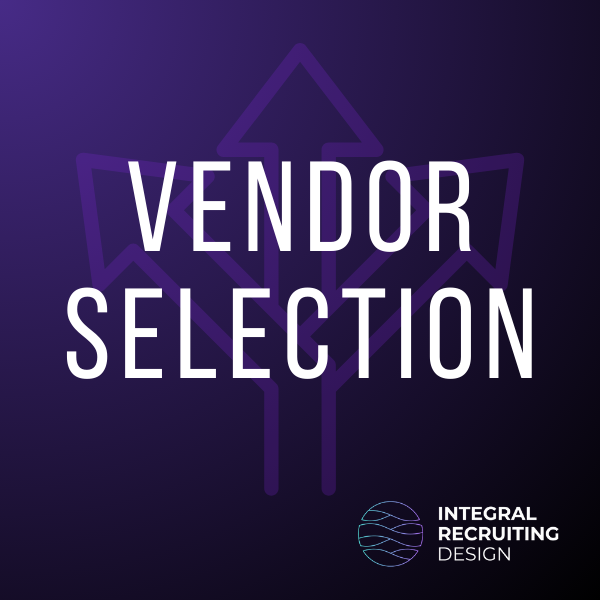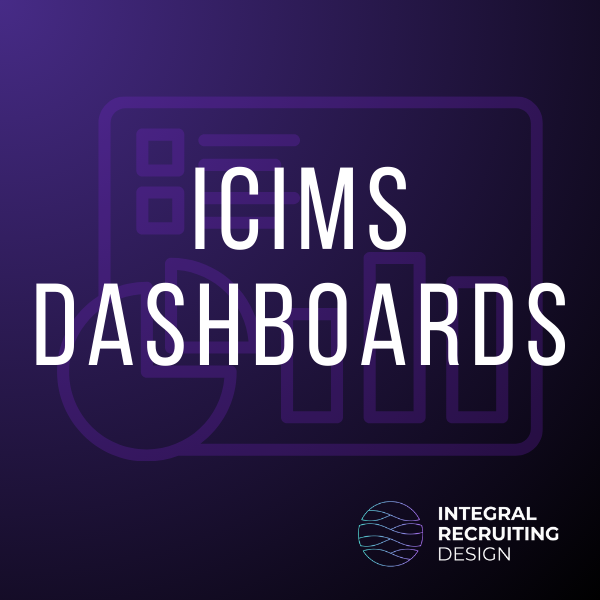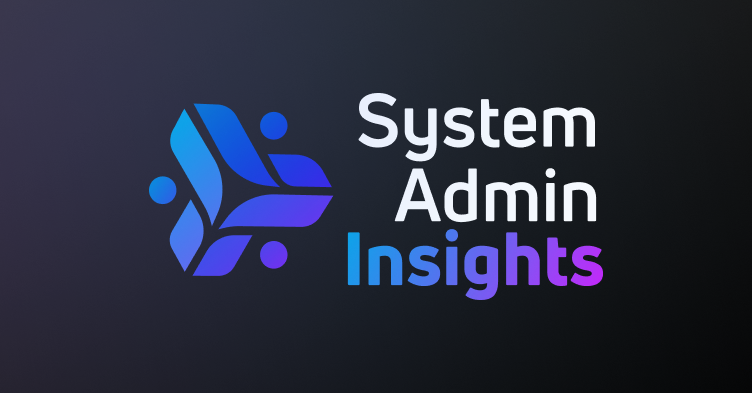The Data Dilemma: Preparing Your Recruitment Information for Success
“Should we migrate all our candidate data to the new system?”
This seemingly simple question has derailed more iCIMS implementations than perhaps any other. The data migration process is where theoretical implementation plans meet messy reality—and according to SHRM, data issues account for 32% of implementation delays.
The High Cost of Bad Data
I recently worked with a retail organization implementing a new iCIMS ATS. They insisted on migrating five years of candidate records—over 250,000 profiles. Three months into the project, we discovered that 40% of those records had incomplete or inaccurate information.
The resulting cleanup effort added eight weeks to the implementation timeline and created significant friction between teams. All for data that, in retrospect, delivered minimal value.
The Data Migration Myth
There’s a pervasive myth in the implementation world that more data is always better. “We paid for all this storage,” the thinking goes, “so we should use it.” What I refer to as the “lift and shift” method often brings old inconsistencies into the new system, and can ultimately create more problems than it solves.
The reality is that data has both value and cost. Old candidate records might occasionally yield a valuable hire, but they also create:
- Performance issues that slow your system
- Compliance risks from outdated consent and privacy information
- User frustration from wading through irrelevant results
- Data inconsistency that undermines reporting accuracy
- Technical complexity that can destabilize your implementation
Smart organizations recognize this tradeoff and make strategic decisions about what data truly deserves migration.
Data as a Strategic Asset
Before addressing the mechanics of migration, let’s reframe how we think about recruitment data. Your candidate information isn’t just administrative overhead—it’s a strategic asset that can:
- Reduce time-to-hire by surfacing qualified past applicants
- Improve diversity initiatives through better pipeline analytics
- Enhance candidate experience through personalization
- Optimize sourcing spend based on historical conversion data
- Provide competitive intelligence about talent market changes
This strategic perspective should guide your data decisions. Not all records are equally valuable, and quality matters more than quantity.
The Fresh Start Advantage
Here’s a perspective that might challenge conventional thinking: sometimes, the best data migration strategy is minimal migration.
I often advise clients to consider the “fresh start” approach:
- Migrate only active candidates in your pipeline, WITH THEIR CONSENT
- Bring over only the last 6–12 months of historical data
- Start with clean templates and standardized information
Before you dismiss this approach, consider the hidden costs of migrating problematic data:
- Perpetuating inconsistent processes
- Transferring compliance risks
- Creating a cluttered user experience from day one
- Adding weeks or months to your implementation timeline
- Increasing technical complexity and risk
- Legal risk because of changing data privacy laws
Many organizations are surprised to discover how rarely they actually reference historical candidate data. When we analyze usage patterns in existing systems, we often find that recruiters rarely search records older than 6–12 months, especially in fast-moving industries where skills and requirements evolve quickly.
When Full Migration Makes Sense
That said, there are legitimate scenarios where comprehensive data migration is justified:
- Organizations with long hiring cycles (government, academia)
- Industries with specialized talent pools where candidates recirculate (healthcare, specialized engineering)
- Organizations with contractual or regulatory requirements for data retention
- Companies that regularly hire former applicants for different roles
In these cases, the value of historical data outweighs the costs of migration. But even here, a quality-first approach is essential.
The Data Audit: Confronting Reality
Before making migration decisions, conduct a thorough audit of your current data quality. This audit should assess:
- Completeness: What percentage of records have all required fields?
- Accuracy: How much information is demonstrably incorrect or outdated?
- Consistency: Are fields being used as intended across records?
- Duplication: What percentage of your database represents duplicate candidates?
- Compliance: Do you have appropriate consent for continued processing?
- Relevance: Does the data still match your current hiring needs?
This audit often reveals uncomfortable truths. In one healthcare organization, we discovered that 60% of their “active” candidate profiles contained outdated contact information, making them effectively useless.
The audit provides the factual foundation for strategic migration decisions. It replaces wishful thinking (“surely most of our data is good”) with objective reality.
Your HRIS: The Single Source of Truth
One non-negotiable recommendation: your HRIS should be the system of origin for all job and organizational data. Start your data preparation by ensuring your HRIS information is clean, current, and comprehensive.
This foundation creates alignment between your HR systems and prevents the data disconnects that plague so many organizations.
This principle sounds obvious but proves surprisingly difficult to implement. Many organizations have allowed their iCIMS ATS to become a shadow HRIS, with job titles, departments, and reporting relationships that don’t match their official structure.
The implementation process is your opportunity to reset this relationship. Work with your HRIS team to:
- Standardize job titles and levels
- Align department names and codes
- Validate reporting relationships
- Ensure location data is consistent
- Synchronize cost center information
This alignment doesn’t just support your iCIMS ATS—it creates a foundation for all your people analytics initiatives.
The Standardization Imperative
Data migration isn’t just about transferring information; it’s about transforming it. Before migration, invest time in standardizing key data elements:
- Job Titles: Consolidate variations and align with your career framework
- Skills and Qualifications: Develop a consistent taxonomy
- Rejection Reasons: Create standardized categories that enable meaningful analysis
- Source Tracking: Implement a consistent hierarchy of sources and campaigns
- Location Information: Align with your official location master data
- Candidate Statuses: Simplify and standardize your stage definitions
This standardization creates cleaner reports, more reliable analytics, and a better user experience. It also simplifies the technical aspects of migration.
The Technical Path Forward
Once you’ve made strategic decisions about what data to migrate, the technical work begins. A successful migration plan includes:
- Data Mapping: Creating a detailed crosswalk between old and new systems
- Transformation Rules: Defining how data will be cleaned and standardized during transfer
- Validation Criteria: Establishing quality gates that data must pass before migration
- Testing Protocol: Creating a process to verify migration accuracy
- Error Handling: Defining how problematic records will be managed
- Cutover Strategy: Planning how to handle data created during the transition
This technical plan should be developed collaboratively between your HR team, IT resources, and implementation partner. Each brings different expertise and perspectives to the process.
Data Privacy: The Ethical and Legal Dimension
Data migration decisions have significant privacy implications. In many jurisdictions, candidate data can’t simply be transferred between systems without consideration of:
- Original consent scope and limitations
- Retention policies and timeframes
- Purpose limitation requirements
- Data minimization obligations
- Subject access and deletion capabilities
Work with your privacy officer or legal team to ensure your migration strategy complies with applicable regulations like GDPR, CCPA, or industry-specific requirements.
Data Migration Checklist
Before your implementation begins:
- Audit your existing candidate database for completeness and accuracy
- Standardize job titles and department names
- Review and update job description templates
- Identify which historical data truly needs to be migrated
- Consider data privacy laws when transferring candidate information
- Create a data quality framework for the new system
- Establish a data governance process for ongoing maintenance
- Document your decisions and rationale for future reference
- Develop a communication plan to set appropriate expectations
- Allocate sufficient resources for data preparation and verification
The Human Element of Data
Data migration isn’t just a technical exercise—it’s a chance to reset your recruitment foundation. The choices you make now will shape how your team works for years to come.
This reset often requires difficult conversations about past practices and future expectations. Teams may be emotionally attached to “their” data and resistant to change. Executives may have unrealistic expectations about what can be salvaged from years of inconsistent processes.
Navigating these conversations requires both empathy and clarity. Help stakeholders understand the tradeoffs involved and focus on the opportunities a cleaner data foundation creates.
In my final article next week, I’ll address the most overlooked aspect of successful implementations: the people side of change. After all, the most perfectly configured system is worthless if your team doesn’t embrace it. I’ll share proven strategies for building ownership, creating adoption, and measuring what truly matters.
What’s been your experience with data migration? Have you ever regretted bringing over too much—or too little—information? How have you balanced the desire for historical data with the need for a clean start? Share your thoughts in the comments.



